You are here
New Releases
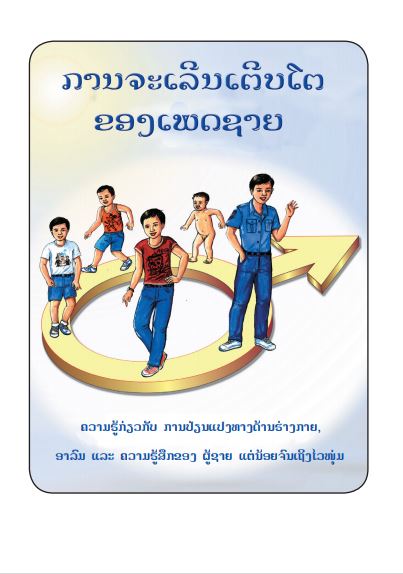
Puberty for boys
Young girls and boys have the right to access sexual education in order to know their bodies, their puberty, understand the pleasures and risks for the body and make informed choices about their sexuality. The booklet consists of sexual education for adolescent girls and boys
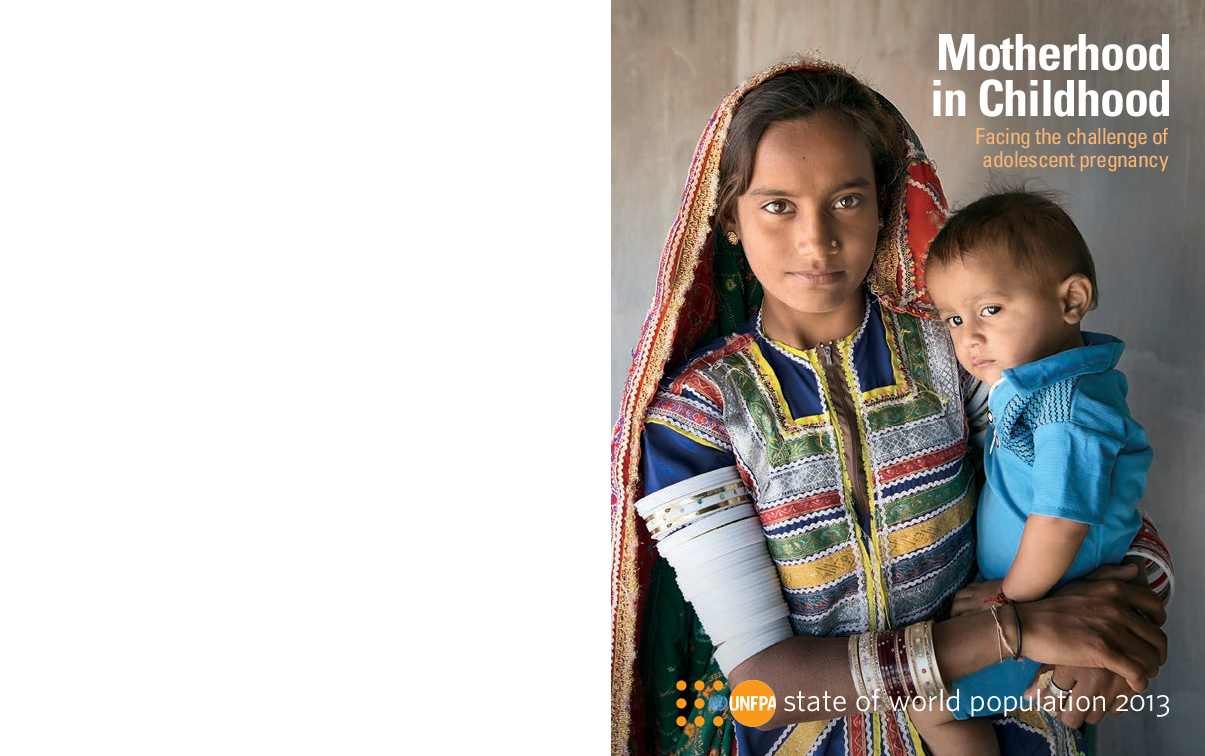
State of the World Population 2013
Every day in developing countries, 20,000 girls below age 18 give birth. Nine in 10 of these births occur within marriage or a union. This has consequences on the health, education, employment and rights of an untold millions of girls. What are the challenges of adolescent pregnancy, and what can we do to ensure girls have a healthy and safe transition into adulthood?
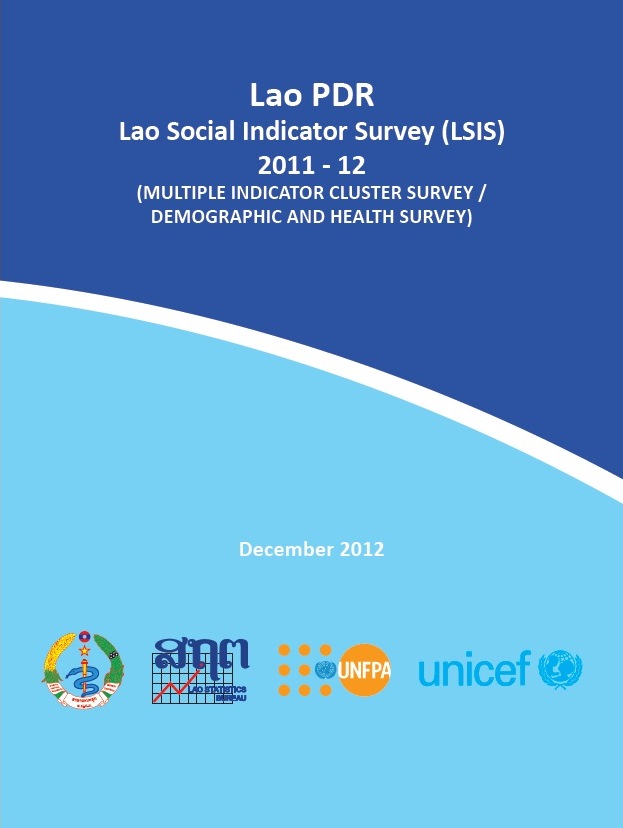
Lao Social Indicator Survey (LSIS) 2011 - 12
LSIS is a household-based survey that applied the technical frameworks of the Multiple Indicator Cluster Survey (MICS) and Demographic and Health Survey (DHS). It is the first of its kind in Lao PDR. The LSIS was conducted to collect baseline data for the 7th National Social Economic Development Plan (NSEDP) and continued monitoring of progress towards the MDGs. LSIS provides up-to-date information on the social situation of children, women and men covering health, nutrition, education, water and sanitation, marriage and sexual activity, fertility and mortality, contraception, HIV/AIDS, child protection, and use of mass media and information technology.
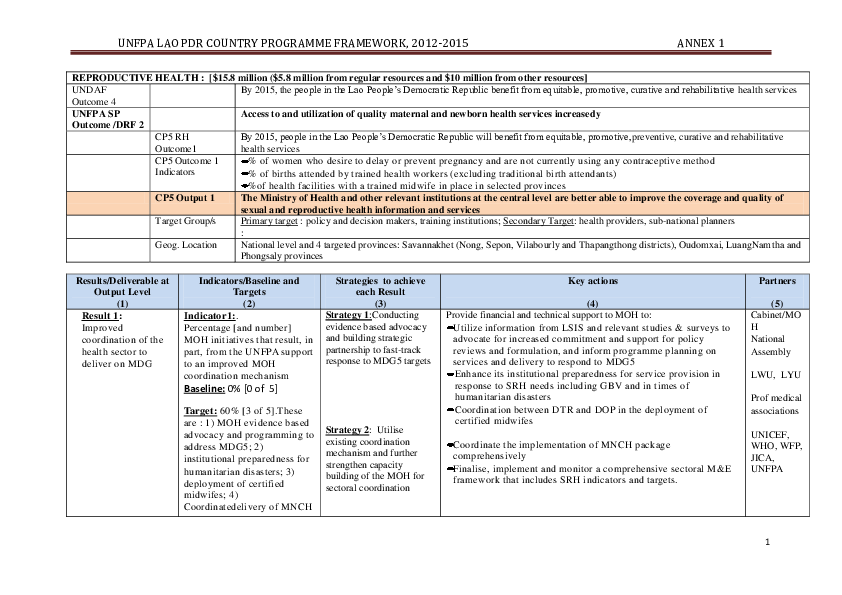
5th Country Programme Framework
This document outlines UNFPA's Lao Country Programme Framework for the period of 2012-2015.
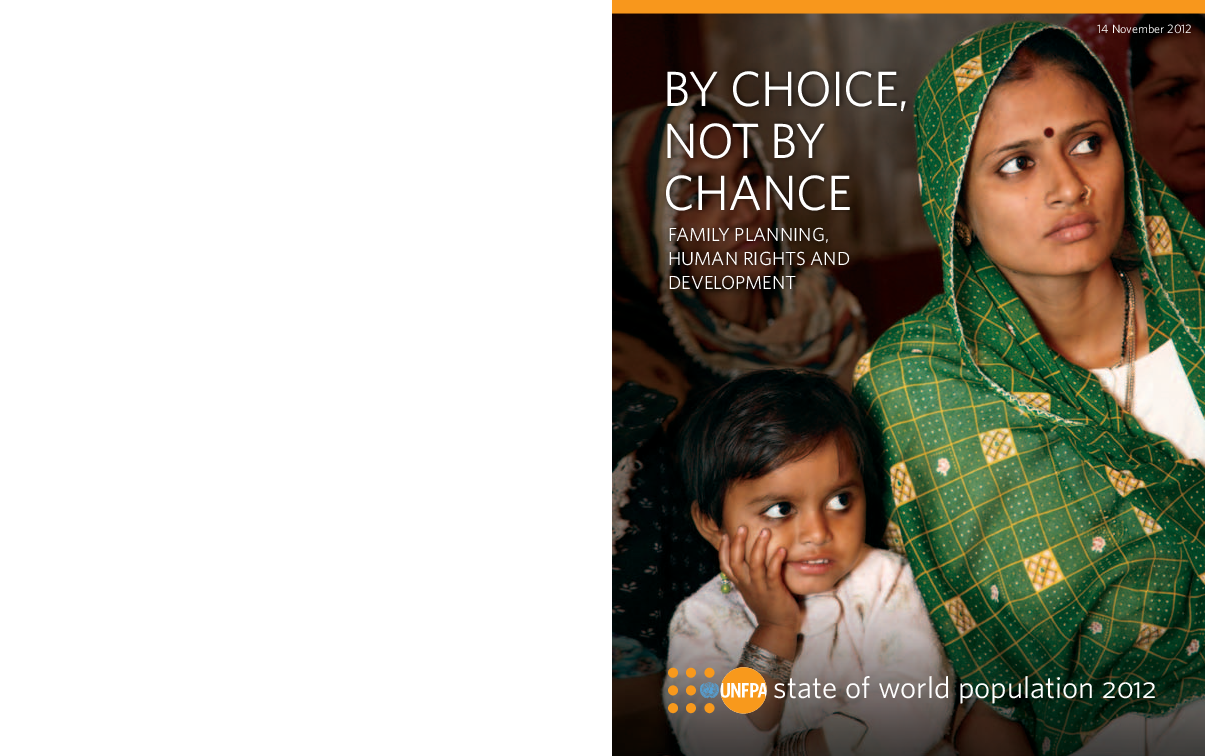
State of World Population Report 2012
All human beings—regardless of age, sex, race or income—are equal in dignity and rights. Yet 222 million women in developing countries are unable to exercise the human right to voluntary family planning.
This flagship report analyzes data and trends to understand who is denied access and why. It examines challenges in expanding access to family planning. And it considers the social and economic impact of family planning as well as the costs and savings of making it available to everyone who needs it.
The report asserts that governments, civil society, health providers and communities have the responsibility to protect the right to family planning for women across the spectrum, including those who are young or unmarried.
Nevertheless, the report finds that financial resources for family planning have declined and contraceptive use has remained mostly steady. In 2010, donor countries fell $500 million short of their expected contribution to sexual and reproductive health services in developing countries. Contraceptive prevalence has increased globally by just 0.1 per cent per year over the last few years.
State of the World Population 2011
Seven billion people will inhabit the earth as of 31 October 2011.
This year's State of World Population report, People and Possibilities in a World of 7 Billion, looks at the dynamics behind the numbers. It explains the trends that are defining our world of 7 billion and documents actions that people in vastly different countries and circumstances are taking to make the most of their--and our--world.
The report makes the case for sound planning and investing in people.
State of World Population Report 2010
Ten years ago, the United Nations Security Council passed a landmark resolution calling on governments to protect women from rape during war time and to tap the power of women to keep the peace and rebuild societies once the fighting has stopped.
Has the resolution made any difference in the struggle against gender-based violence? Are women in war-torn countries faring any better today than they were a decade ago? Do women finally have a place at the table in peace negotiations and in reconstruction?
The State of World Population 2010 will show what has been accomplished in places affected by ongoing conflicts or by military occupation. It will also show the special challenges of countries that have endured both political instability and natural disaster.
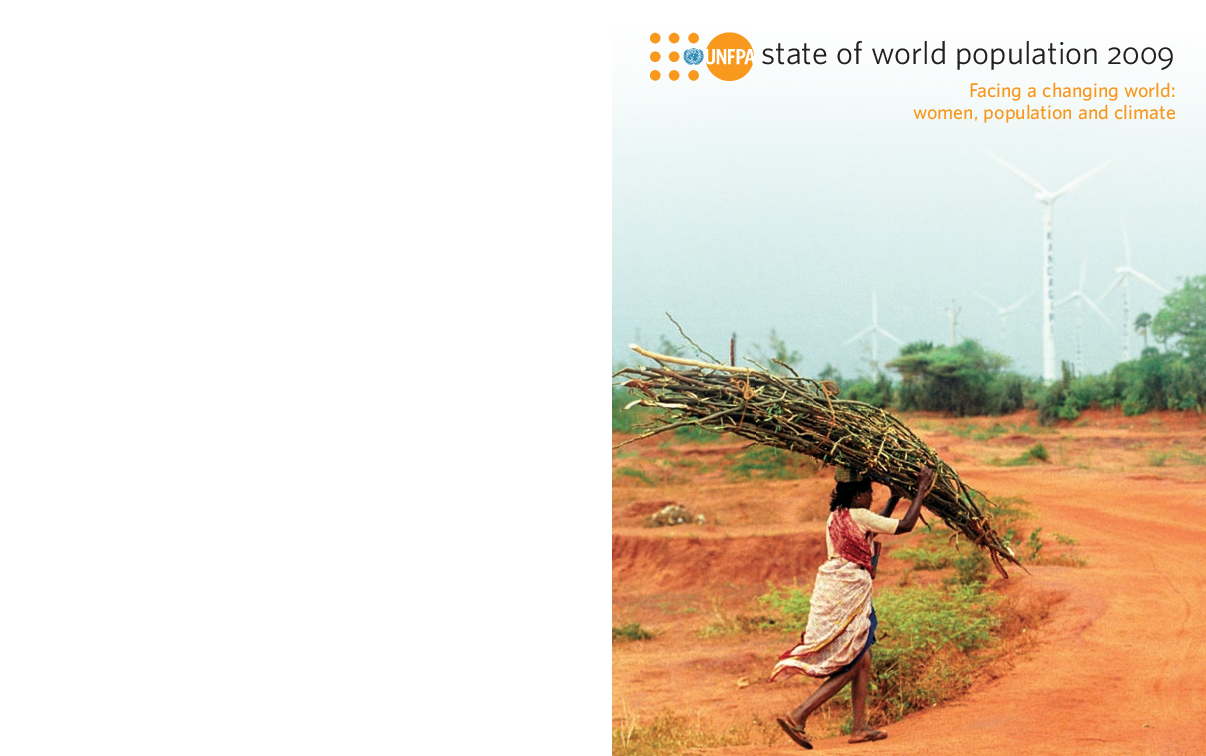
State of World Population 2009
How do population dynamics affect greenhouse gases and climate change? Will urbanization and an ageing population help or hinder efforts to adapt to a warming world? What's the best way to protect humanity from extreme weather and rising seas? And could better access to reproductive health care and improved relations between men and women make a critical difference in addressing the challenge of climate change? The answers to these questions are found in The State of World Population 2009.